Lugares de interés (POIs) del Mapa
0: Three Gorges Dam
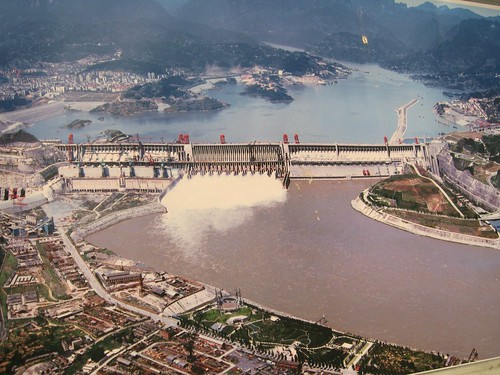
The world's largest hydropower dam. This is the controversy I chose to discuss for my environmental controversy for both fall and winter quarter of CTW. It is a prefect example of the scary future and direction in which hydropower is headed. If action isn't taken to prevent or even remove these dams they will continue to increase in size and magnitude!
Más sobre Three Gorges Dam1: O'Shaughnessy Dam
Located in the Hetch Hetchty Valley, this dam provides electricity to around 2.4 million people living in the San Francisco area. Situated in Yosemite National Park, I used this dam in reference and comparison to the Three Gorges Dam in China in order to connect the issue and relate it to something closer to home. In addition, I used this to show the push for dam removal.
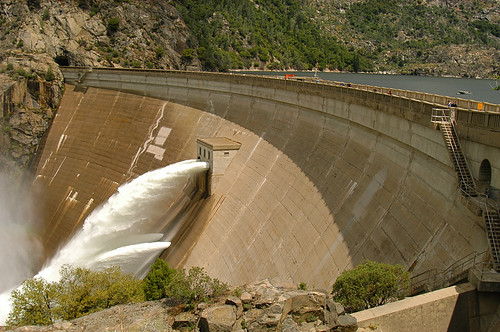 Más sobre O'Shaughnessy Dam
Más sobre O'Shaughnessy Dam2: Elwha Dam
The Elwha Dam can be found in the state of Washington. It was built in 1911 however, the damage that it inflicted on the environment created a movement to remove the dam. On September 27, 2011 removal of the dam began and it is still underway although the completion is believed to be close. Two years following the completion of the removal, the river will begin to restore itself to natural conditions. Sediment discharge rates will increase, resulting in restored and rejuvenated habitats downstream from the dams. Fish will also return to the upper area of the river as soon as a year after the removal is finished.
Más sobre Elwha Dam3: Condit Dam
The The Condit Dam was located on the White Salmon River in Washington. The PacifiCorp decommissioned the project due to rising environmental costs.The dam was removed on October 26, 2011. It was the largest dam removal project up until the removal of the Elwha Dam this year.
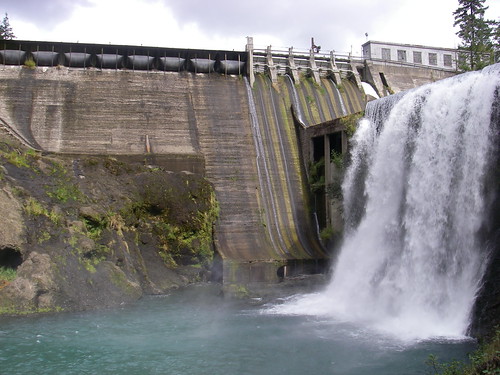
Más sobre Condit Dam4: Savage Rapids Dam
This dam was located on the Rogue River in Oregon until it's removal was completed in November-December of 2009. This dam differed from many of the others because it served (almost) solely for irrigation purposes. It didn't produce any electrical power and didn't create any flood control. Ultimately, it was decided that the dam would be demolished because it no longer met legal regulations that protected the migrating Salmon in the river.
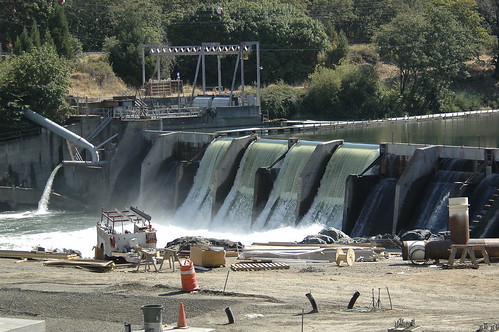 Más sobre Savage Rapids Dam
Más sobre Savage Rapids Dam5: Marmot Dam
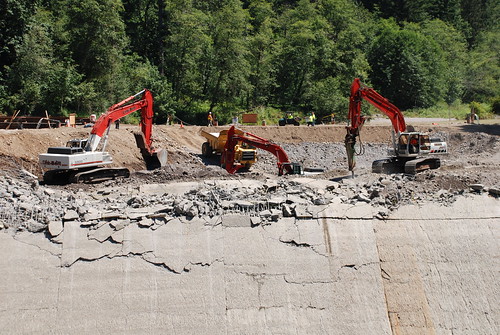
Removal of this 30 ft. high dam took place from 2007-2008. Prior to that this the Marmot Dam, located in the Sandy River Basin, provided hydro-generated power for some of the Portland area. The project was selected to be removed due to rising environmental costs. In addition, the negative impact on fish species and the release of 1 million cubic yards (750,000 cubic meters) of sediment into the river helped support the decision to remove the dam.
Time Laps of Dam Removal Más sobre Marmot Dam6: Cuddebackville Dam
In order to benefit and help save the aquatic life, the Cuddebackville Dam was removed from the Neversink River in October of 2004. This was the first dam in the state of New York to be removed solely for environmental reasons. The cost of the process was around $2.2 million and was worth every penny. The removal of the structure has helped to protect the Dwarf Wedge Mussel, an animal that is on the federal endangered species list as well as prevent future environmental degradation.
Más sobre Cuddebackville Dam7: Rindge Dam
Located in Malibu Creek State Park on the Malibu Creek. Many fishermen have called for removal of the dam because it has disrupted the Steelhead trout from moving to the upper sections of the creek. Along with this it has created large amounts of sediment to build up. No official decision has been made yet but the dam's removal is still being discussed.
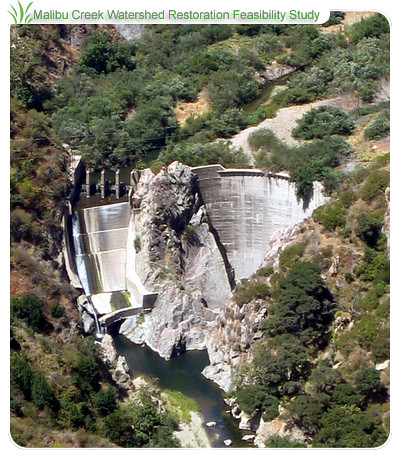 Más sobre Rindge Dam
Más sobre Rindge Dam8: Glen Canyon Dam
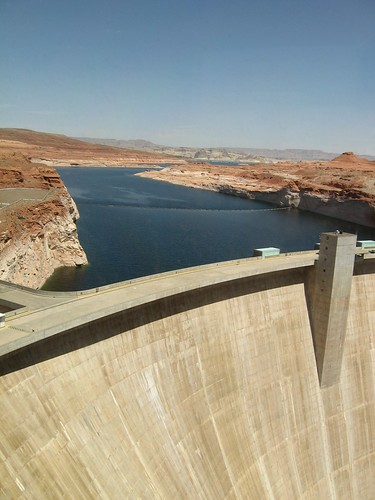
Built to provide hydroelectric power and flow regulation, the Glen Canyon Dam is located on the Colorado River. It's reservoir, Lake Powell, is the second largest man made lake in the country and causes massive amounts of evaporation and seepage loss. In addition, like most other dams, Glen Canyon causes large amounts of silt to build up and has a tremendous ecological effect.
Más sobre Glen Canyon Dam






